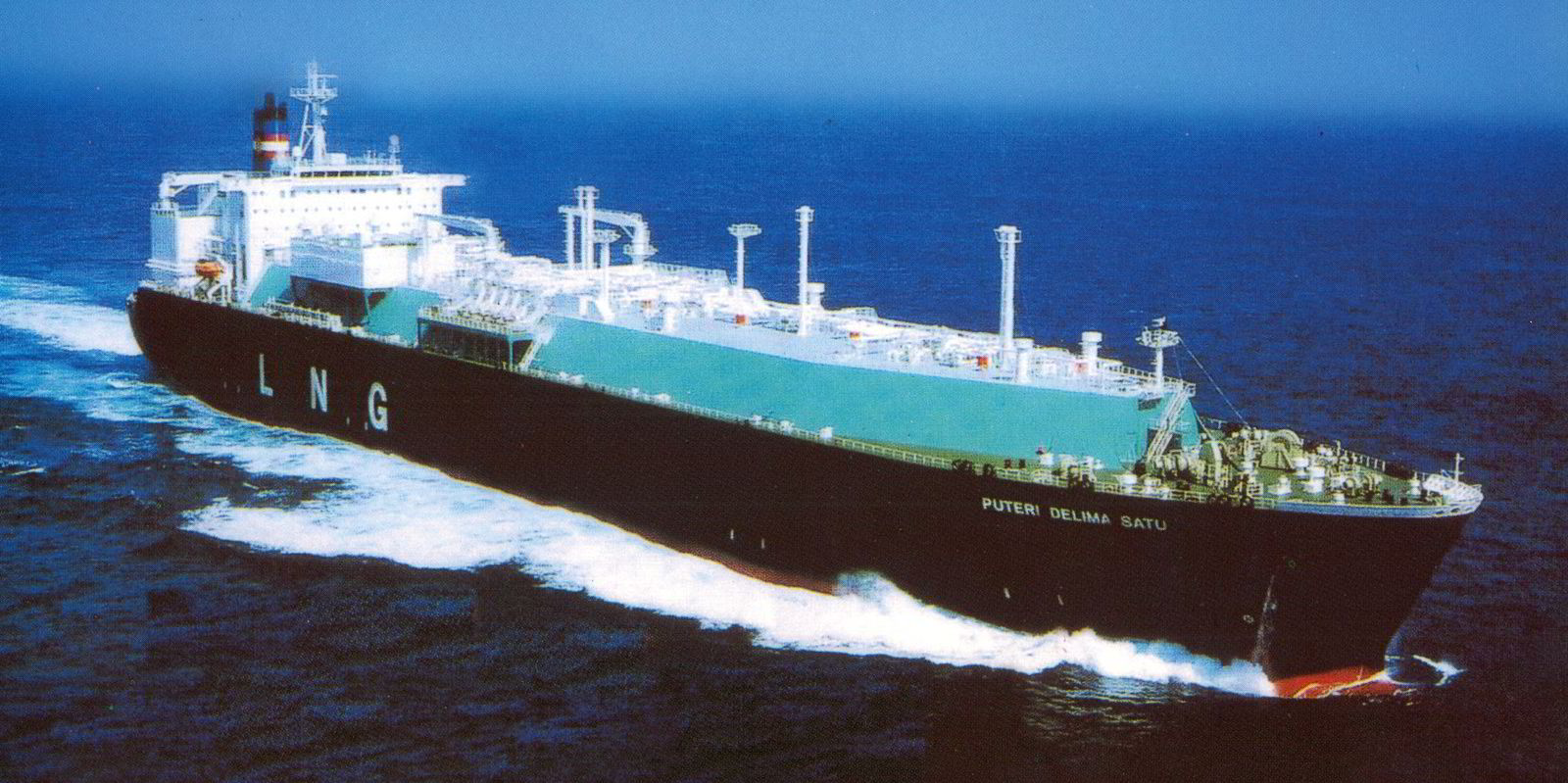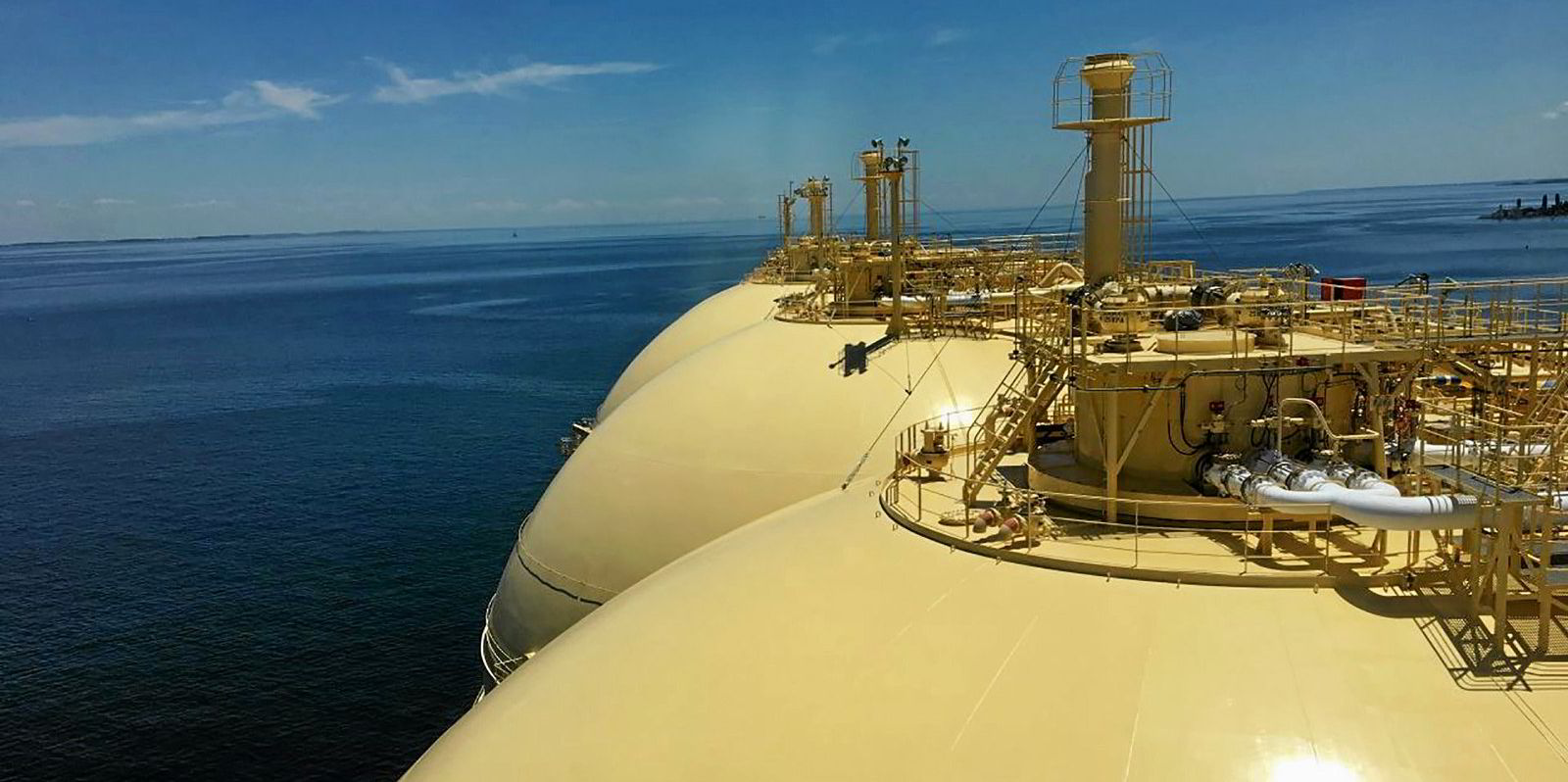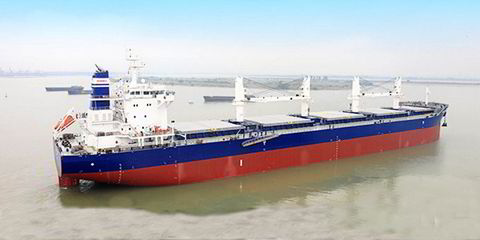Singapore and Indonesia-based shipowner Arcadia Shipping is being named as the buyer of a 24-year-old, laid-up LNG carrier amid talk of a conversion project for the ship.
Shipping sources said Arcadia is paying just over $20m for the 136,687-cbm LNG carrier Mazo (ex-Golar Mazo, built 2000).
They said the vessel has been bought for a project that will see it converted into a floating storage unit for use in Indonesia.
Arcadia is listed as controlling 13 vessels, including tankers, chemical carriers and several LPG vessels.
In 2021, the company moved up a gear, paying $46m to buy one of BW LPG’s VLGCs.
TradeWinds has approached Arcadia for confirmation and comment on the purchase.
In June last year, TradeWinds reported that the Moss-type LNG carrier was being circulated for sale by New Fortress Energy, along with another much older, laid-up floating storage and regasification unit, the 129,000-cbm FSRU Spirit (ex-Golar Spirit, built 1981).
New Fortress acquired the vessels when it bought out Golar LNG Partners and Hygo Energy Transition in 2021.
Brokers priced them at close to scrap values.
The FSRU was later sold for demolition.
The Mazo was described as being in “cold lay-up”.
If the ship is reactivated and redeployed to Indonesia, it will be returning to its roots.
The vessel was originally ordered to ship LNG from Indonesian energy company Pertamina to Taiwan for Chinese Petroleum Corp under an 18-year contract.
It sat idle for some time after its contract expired and was then laid up off east Malaysia in early 2020.
Brokers have suggested that such a long off-hire period may have affected its condition.
Aside from its age, the vessels are perceived as small for trading purposes. But its Moss-type, cargo sloshing-proof tanks could prove attractive for LNG storage if in good condition.
Shift in tides
In the past six to seven months, LNG carrier sale-and-purchase activity has noticeably slowed after an exceptionally buoyant preceding 18-month period.
One broker said the market became overinflated but the heat has now gone out of it.
But steam turbine LNG carriers are set to come under increasing scrutiny this year as Carbon Intensity Indicator ratings for vessels emerge at the end of the first quarter.
Under one market development scenario, brokers see about 80 older LNG carriers that could come under close inspection and are potential candidates to disappear from the trading market either for demolition or to be converted into regasification or storage units.
However, alternatively, they also see the steamship charters being renewed at low rates close to operating expenses, with the vessels trading at least in regional markets if not globally.







